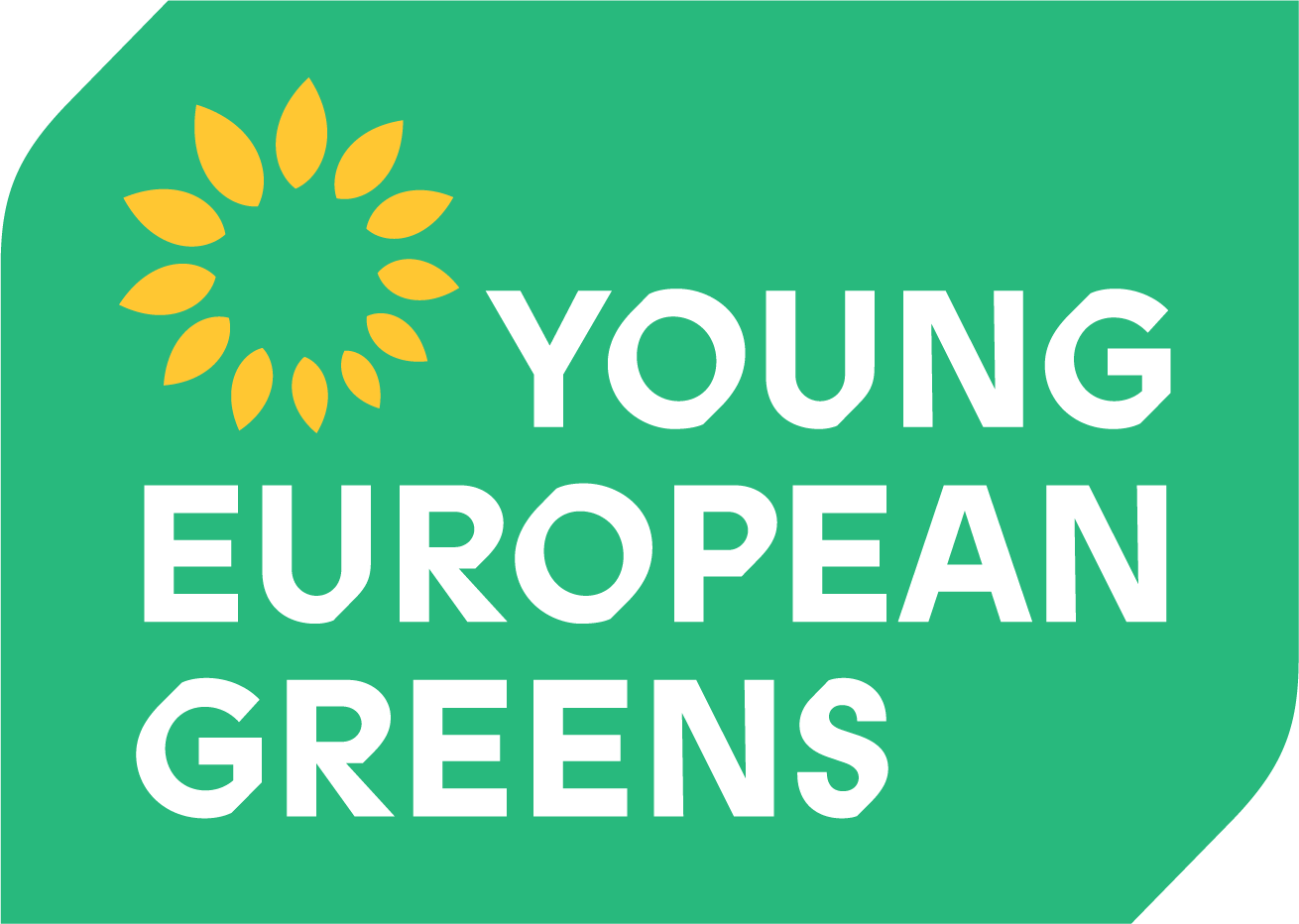| Consultation: | FYEG General Assembly 2025 |
|---|---|
| Agenda item: | 7. Resolutions |
| Proposer: | YGS - Young Greens South Tyrol, GEV - Giovani Europeisti Verdi (Italy), Grüne Jugend - Grünalternrative Jugend (Austria), Grüne Jugend (Germany), Les Jeunes Écologistes (France), Swiss Young Greens |
| Status: | Published |
| Created: | 04/22/2025, 09:32 |
R5: Overtourism in the Alpine Region: Reclaiming Balance
Motion text
The Federation of Young European Greens (FYEG) acknowledges the pressing issue
of overtourism in the Alpine region, which poses significant threats to the
environment, local communities, and the sustainability of tourism itself.
Recognizing the need for immediate and coordinated action, we present this
resolution to address the challenges and propose viable solutions.
The Alps are a mountain range in Central Europe, stretching approximately 1,200
kilometers across eight countries : Austria, France, Germany, Italy,
Liechtenstein, Monaco, Slovenia, and Switzerland. This region is characterized
by its diverse ecosystems, rich biodiversity, and cultural heritage, making it a
prime destination for tourists. Often, tourism is essential for the economic
survival of these areas. Nevertheless, in recent years, numerous regions in the
Alpine area have experienced an unprecedented increase in tourism, and due to
climate change, tourist flows are shifting increasingly from the Mediterranean
toward the Alpine region. This growing overtourism, intensified by climate
change and shifting travel patterns, threatens the Alpine region’s environment,
local communities, and long-term tourism viability. Globally, tourism is
responsible for 10% of CO₂ emissions. And yet, the intensity and non
proportionality of tourism is indisputable: the case of Hallstatt in Austria, a
village of 700 inhabitants that is receiving up to 10,000 visitors daily,
constitutes a striking example! In Slovenia, the Lake Bled, which has become a
true postcard experience, is now under serious strain on waste management and
the lake’s fragile ecosystem. If these might be the most famous destinations, it
doesn’t make them exceptions: from the Chamonix-Mont-Blanc valley, to the town
of Cortina d’Ampezzo and the South Tyrol region in Italy, and the destination of
Lauterbrunnen in Switzerland, all countries and regions within the Alps are
suffering from this mass tourism phenomenon.
These figures reflect the intense pressure on specific Alpine destinations, with
wide-ranging consequences for both the environment and local communities. Global
warming poses a threat to the viability of ski areas below 1,500
meters—corresponding to approximately 25% of Alpine resorts—leading to increased
artificial snowmaking, ski lift construction, and road development. These
transformations cause deforestation, soil erosion, and habitat fragmentation.
Adventure tourism, such as mountain biking, paragliding, and backcountry skiing,
is also expanding into previously untouched areas, disturbing wildlife and
fragile ecosystems. The surge in car traffic, even on remote mountain roads,
exacerbates pollution. Meanwhile, agricultural landscapes are undergoing
transformation: traditional mixed farming is shifting toward intensive
monocultures and meat-heavy production, driven by tourist demand for Alpine
cuisine, which further increases greenhouse gas emissions. Local communities
bear the social costs of this model: short-term rentals, such as Airbnb, worsen
housing shortages and raise rents, pushing out residents. Public services, from
waste management to healthcare, are overwhelmed, while off-seasons turn resort
towns into ghost towns. At the same time, the rise of luxury tourism inflates
local economies unevenly, often enriching a few stakeholders while leaving
workers in precarious and seasonal employment.
To address overtourism, several Alpine regions have already implemented
promising solutions that can serve as models. South Tyrol has developed the
“guest card” for tourists, which allows them to use public transport for free, a
measure that some Swiss regions have also developed. Zermatt stands out as a
car-free resort relying on trains and e-mobility. In Hallstatt, local
authorities have introduced limits on buses and private vehicles, as well as
staggered visiting times to ease overcrowding. In the French Alps, the Vanoise
National Park restricts off-season accommodation and caps visitors in
ecologically sensitive zones. Similarly, Slovenia’s Triglav National Park
enforces bus-only access during peak seasons and limits hiker numbers.
While recognizing that tourism is a key economic factor in the Alps, the FYEG
calls for a paradigm shift toward sustainable tourism models. Concrete measures
and responsible governance are urgently needed.
The protection of the Alpine region requires bold decisions, coordinated
regulation, and a rethinking of how we travel. The Alps are not a theme park.
They are living landscapes and homes to many and must be preserved as such.
Therefore, the FYEG calls on the European Commission, national governments of
Alpine countries, and local municipalities to :
Introduce and enforce tourist caps in heavily impacted areas.
Enforce regulation on short-term rentals, with upper limits tied to local
housing availability.
Support municipalities that voluntarily limit tourism and/or repurpose
infrastructure for local needs (e.g. conversion of holiday homes into
long-term rentals).
Implement mandatory tourist taxes, with revenues earmarked for
environmental restoration and public services.
Restrict luxury tourist infrastructure expansion in ecologically
vulnerable zones.
Ban or heavily regulate advertising campaigns that promote mass tourism in
already saturated Alpine zones.
Fund awareness campaigns for tourists on local customs, climate
challenges, and responsible behaviour in nature.
Legally protect natural resources such as fresh water, forests, and
meadows from overuse in tourism development.
Support the development of sustainable mobility in Alpine regions through
improved public transport access, including discounted tourist passes,
better rail, night train connections, and seasonal car traffic
restrictions in sensitive areas.
Promote year-round tourism that is less resource-intensive (e.g., local
crafts, hiking, cultural events) to reduce pressure during peak seasons.
Foster the participation of local communities in public life by promoting
direct involvement in decision-making processes and introducing mechanisms
for the fair redistribution of tourism-generated profits.
